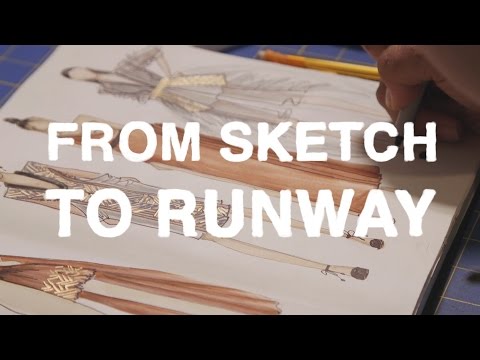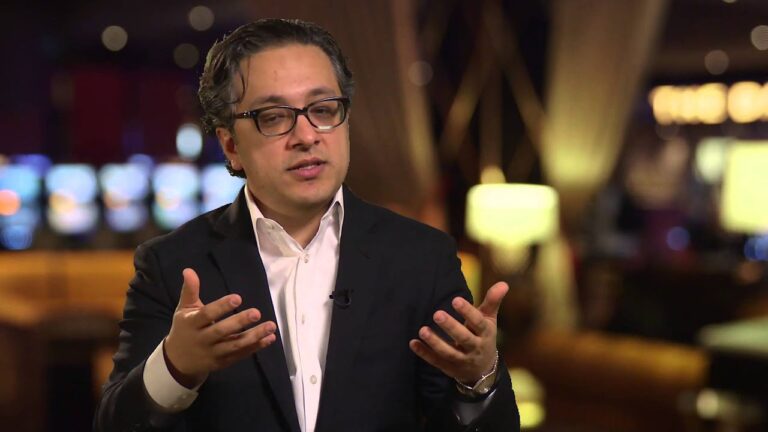Fashion Designer: Creative Visionaries of Style, Salary Revealed!
Fashion Designer Job Description and Salary
A Fashion Designer is a creative professional who conceptualizes and designs clothing, footwear, and accessories. They combine their artistic skills with market research to create innovative and stylish designs that meet the demands and preferences of consumers. Fashion designers are responsible for staying up-to-date with current fashion trends, sketching their designs, selecting fabrics and materials, creating patterns, and overseeing the production process.
In addition to their design abilities, fashion designers must also possess strong communication and interpersonal skills to collaborate with clients, manufacturers, and other team members. They must have a keen eye for detail, as well as the ability to think critically and problem-solve.
As for the Fashion Designer Salary, it can vary depending on several factors such as experience, location, and employer. Entry-level fashion designers can expect to earn a starting salary of around $35,000 to $40,000 per year. However, with experience and a successful track record, the salary can increase significantly. Established designers working for high-end fashion houses or running their own fashion brands can earn six-figure salaries or even more.
Overall, a career as a fashion designer offers a combination of artistic expression, business acumen, and the potential for financial success. It is a dynamic and competitive industry that rewards creativity, innovation, and a strong understanding of consumer preferences.

Fashion Designer Job Description Template
A Fashion Designer Job Description
Fashion designers are creative professionals who conceptualize and create clothing, accessories, and footwear. They play a vital role in the fashion industry by transforming their artistic vision into tangible products.
The job of a fashion designer involves several key responsibilities. Firstly, they research current fashion trends, analyze market demands, and identify target consumers. This market research helps them understand the preferences and needs of potential customers. They then use this knowledge to develop unique designs and create sketches or prototypes.
Once the design is finalized, fashion designers select appropriate fabrics, colors, and patterns to bring their vision to life. They collaborate with manufacturers and suppliers to ensure the availability of materials and oversee the production process. Additionally, they may also be involved in quality control, making sure that the final products meet their standards.
Fashion designers must possess strong technical skills, including proficiency in pattern-making, sewing, and garment construction. They should have a keen eye for detail, as well as a deep understanding of different fabrics, textures, and materials. Creativity and innovation are also crucial qualities, as designers constantly strive to create new and exciting designs that will capture the attention of consumers.
In addition to their technical skills, fashion designers must also possess excellent communication and teamwork abilities. They often collaborate with other professionals such as merchandisers, buyers, and marketers to ensure that their designs align with market trends and consumer preferences.
In conclusion, fashion designers are highly creative individuals who bring their artistic vision to life by creating unique and fashionable clothing and accessories. Their work requires a combination of technical skills, market research, and creativity to successfully meet the demands of the fashion industry.
Fashion Designer Responsibilities
Fashion Designer Requirements
How Much Does A Fashion Designer Make?
Fashion Designer Salary
| Position | Salary |
|---|---|
| Junior Fashion Designer | $40,000 – $60,000 per year |
| Senior Fashion Designer | $60,000 – $100,000 per year |
| Creative Director | $100,000 – $200,000+ per year |
A fashion designer’s salary can vary depending on their position and experience level. Junior fashion designers typically earn between $40,000 and $60,000 per year, while senior fashion designers can make between $60,000 and $100,000 annually. Those in higher positions, such as creative directors, can earn $100,000 or more per year. It’s important to note that these figures are just estimates and can vary based on factors such as location, company size, and industry demand. Additional factors that may affect a fashion designer’s salary include their reputation, skill level, and the success of their designs in the market.
Fashion Designer Salaries by Country
Top Paying Countries for Fashion Designer
| Country | Average Salary (USD) |
|---|---|
| United States | 80,000 |
| France | 70,000 |
| Italy | 65,000 |
| Australia | 60,000 |
| United Kingdom | 55,000 |
A fashion designer’s salary can vary greatly depending on their expertise, experience, and the country they work in. This table displays the top paying countries for fashion designers based on the average salaries in USD. The United States offers the highest average salary at $80,000, followed by France at $70,000 and Italy at $65,000. Australia and the United Kingdom also provide competitive salaries at $60,000 and $55,000 respectively. It’s important to note that these figures are averages and individual salaries may differ based on various factors.
A video on the topic Fashion Designer
Video Source : KQED Art School
Interview Questions for Fashion Designer
1. What inspired you to become a fashion designer?
I have always had a passion for creativity and expressing myself through design. I was inspired by the ability of fashion to transform a person’s confidence and identity. It drove me to pursue a career in fashion design.
2. How do you stay up-to-date with the latest fashion trends?
I constantly follow fashion blogs, magazines, and attend fashion shows and exhibitions to stay updated with the latest trends. I also make it a point to observe street fashion and explore different cultures to gain inspiration.
3. How do you approach the design process from concept to final product?
I start by researching and brainstorming ideas for a collection. Then, I sketch my designs and create mood boards to visualize the overall concept. Next, I select fabrics and materials, create patterns, and make samples. Finally, I refine and perfect the designs until they are ready for production.
4. How do you ensure your designs are both stylish and practical?
I believe in creating designs that are not only visually appealing but also functional and comfortable to wear. I pay attention to the choice of fabrics and consider the needs and lifestyle of the target audience when designing garments.
5. Can you describe your design aesthetic or signature style?
My design aesthetic is centered around clean lines, minimalism, and attention to detail. I prefer timeless designs that can be worn for years to come. I believe in creating garments that are both elegant and versatile.
6. How do you handle criticism or feedback on your designs?
I view criticism as an opportunity for growth and improvement. I actively seek feedback from trusted individuals in the industry and take their suggestions into consideration. Constructive criticism helps me refine my designs and enhance my skills as a fashion designer.
7. What challenges do you face in the fashion industry, and how do you overcome them?
The fashion industry is highly competitive and constantly evolving. One of the challenges I face is staying innovative and unique in a saturated market. To overcome this, I focus on staying true to my design aesthetic and constantly pushing myself to think outside the box.
8. How do you balance creativity with commercial viability in your designs?
While creativity is essential, I also understand the importance of creating designs that appeal to the target market. I conduct market research and analyze consumer preferences to strike a balance between my artistic vision and commercial viability.
9. Have you ever faced a design project that pushed you out of your comfort zone? How did you handle it?
Yes, I have faced design projects that challenged me to step out of my comfort zone. In such situations, I embrace the opportunity to learn and grow as a designer. I research and seek inspiration, collaborate with others, and take risks to overcome any initial hesitation.
10. What advice do you have for aspiring fashion designers?
My advice would be to never stop learning and exploring. Take risks, embrace failure as a stepping stone to success, and always stay true to your unique design perspective. Additionally, gaining industry experience through internships and collaborations can provide valuable insights and networking opportunities.






